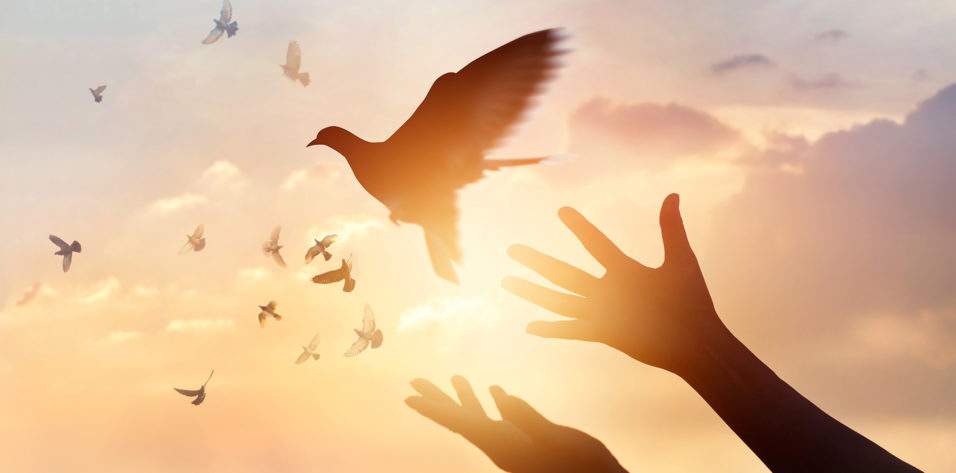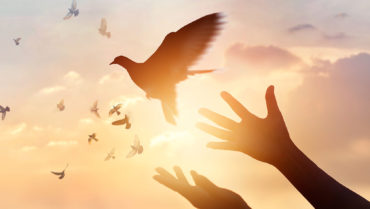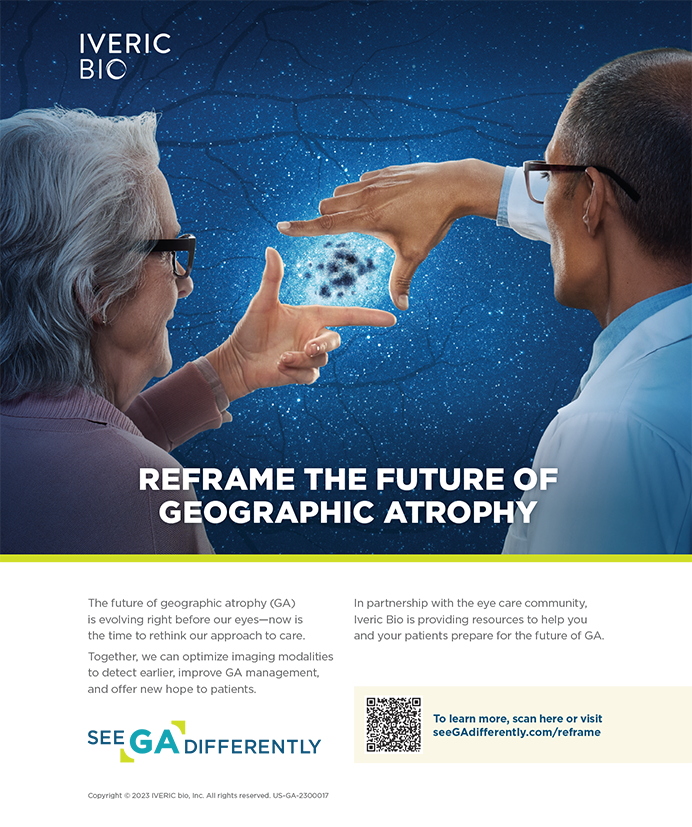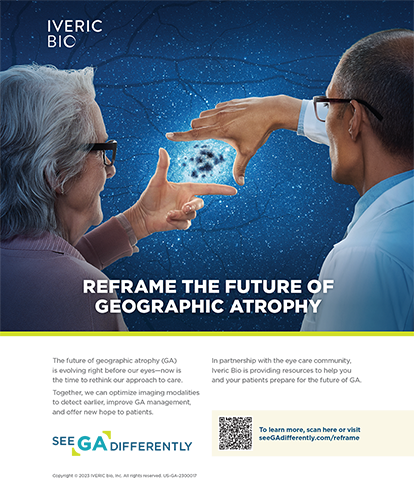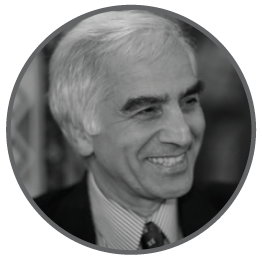
I have had a long and fruitful career, both at Harvard Eye Associates in Orange County, California, and as the dedicated link in a chain reaction that started with a call to duty 30 years ago and resulted in Armenia being a hub of ophthalmic expertise.
Throughout the years I have received accolades and awards for my efforts, and I often hear people say how lucky Armenia and its people are because of my contributions, but the truth is that I am the lucky one to have had this opportunity to play a part in revealing the resiliency of a country that history has tried so mightily to stifle. This is my story.
HEED THE CALL
I am a second-generation Armenian. I spent a lot of time with my Armenian relatives as a child, and I was no stranger to stories of our ancestral home—a country that has an unfortunate history of violence and invasion from Turkey, Azerbaijan, and several other adjacent countries. When I was 12 years old, my grandfather showed me a pistol and a knife; he told me he used them to protect himself when diasporan Armenians were called back to defend the sovereignty of the motherland during the Turkish invasion (1915–1920). Armenia lost the battle, but my grandfather lived to tell his story. He gave me the weapons, so that I too would be prepared when the call came for me to do my part for Armenia.
For me, that call came in the form of a fax. It was the end of a work day, in 1992, when a missive from the Armenian Deputy Minister of Health, via the Armenian American Medical Society, arrived. The troubled nation was once again reeling from war and economic hardship, and it was still suffering the effects of a catastrophic earthquake that the country had sustained just a few years earlier. The request was sent to every Armenian American physician; the country was in desperate need of help from anyone who could provide medical expertise.
I got the fax on a Wednesday and was on a plane that Saturday. I had $10,000 worth of medicine and supplies donated from sympathetic pharmaceutical companies after hearing my plea (Figure 1). I did not speak Armenian and had no idea what to expect, but I felt I had to heed the call.
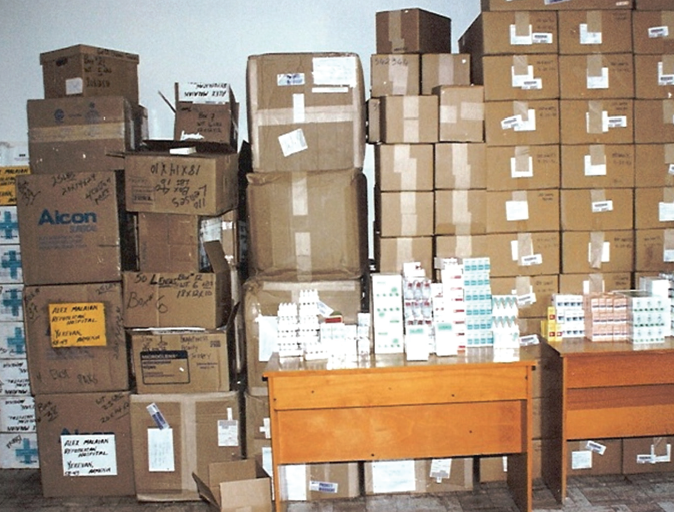
Figure 1. Medicine and supplies donated by companies.
RECOLLECTIONS
When I arrived at the Republican Eye Hospital (Figure 2)—now the Malayan Ophthalmological Center—in Yerevan, I met Alexander S. Malayan, MD, PhD, DS, its chief of ophthalmology, and another American ophthalmologist, Sarkis Soukiasian, MD, who was from Boston, where I had trained, and had brought six corneas with him. We had our work cut out for us. There were patients in beds up and down the corridors, and they had devastating injuries. Many of them were soldiers who had been captured and blinded before being released.

Figure 2. Surgeries performed at the Republican Eye Hospital (left, center, and right).
One of my memories from that first mission to Armenia was seeing a room full of male patients; they were all wearing sunglasses because they had been blinded in war (Figure 3). They covered their eyes with these dark glasses so they wouldn’t frighten their children.
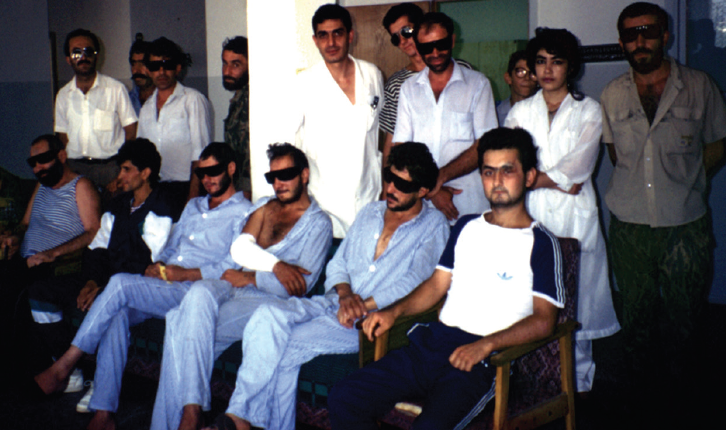
Figure 3. Male patients wore sunglasses to cover their blinded eyes.
Sadly, children were targeted in the war as well. Landmines were placed in schoolyards and playgrounds. Children would pick them up unsuspectingly and suffer terrible ocular and orbital penetrating injuries (Figure 4).
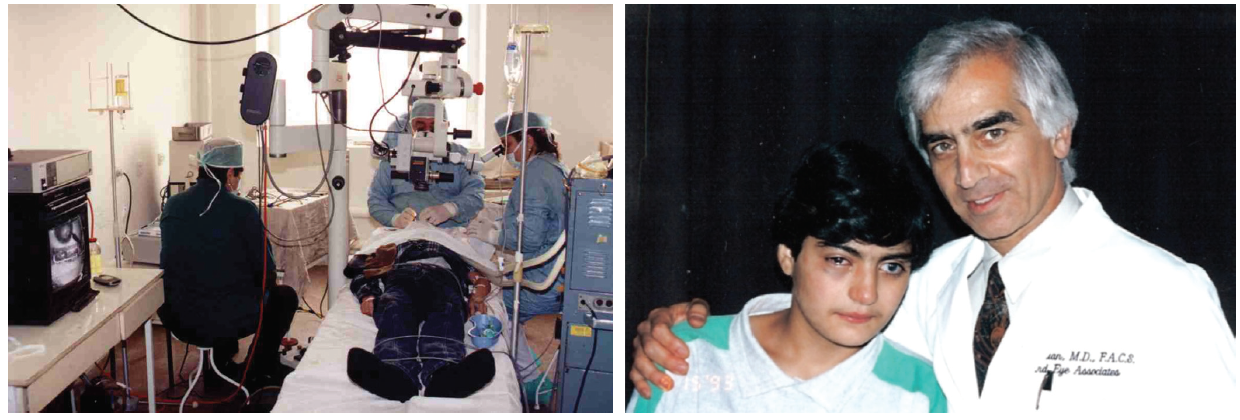
Figure 4. Surgery on a child (left); Dr. Ohanesian with one child who had undergone eye surgery (right).
The hospital had equipment, but it was antiquated and limited. There were two surgical microscopes but only one bulb, so the bulb would have to be transported back and forth between ORs. We would see as many as 100 patients daily and had just 1 hour of electricity and running water each day. We would be in the middle of an operation and the electricity would go out without warning. Somebody would have to run down seven flights of stairs to start the generator. To save time and to stay warm, I slept fully clothed on a cot in the hospital. Throughout that 2-week stay, I treated about 300 patients, a mix of war casualties and children, and performed 40 surgeries.
PATIENTS LEAVE A LASTING MEMORY
One of the children I treated, a 14-year-old girl named Christine, had lost vision in one eye due to with uveitic glaucoma. I operated on her remaining eye to reduce the glaucoma risk and help restore some vision to that eye. She wrote to me after I returned home to California. The letter said, “I knew when I first met you that you would do the best for me. Since you left, I can tell by the averted gaze of the doctors and the worried looks on my parents’ faces that I’m not doing well. Please don’t abandon me. Please come back and fix my eyes.”
So I went back, and I have been going back twice a year ever since. On that second trip, I was accompanied by glaucoma specialist Rick Hill, MD, who came at my request with no questions asked. He implanted a then-experimental valve and was able to restore Christine’s vision. Today she is a grown woman with children of her own.
Another patient who remains with me always is a young boy I met during one of the early helicopter trips to Karabagh (the war zone). He had a landmine explode in his face, and both eyes had multiple penetrating shrapnel wounds and were enucleated. I told the interpreter that there was nothing I could do for him. But the boy was crying and so were his parents. I asked the interpreter why he was crying, was he in pain? She asked the parents and gravely turned to me, “No, they just learned that you didn’t bring new eyes from America,” she said. It was heartbreaking, and it made me realize just how much hope they put in us. That experience made me want to make a significant difference in the lives of these people who have suffered so much, like the woman I have my arm around on page 58.
A GREATER CALLING
Since receiving that fateful fax in 1992, I have travelled to Armenia more than 50 times. Early in the process, I learned that physicians were willing to help if they were made aware of the need, so I would ask and they almost always obliged. Similarly, I found that ophthalmic companies were very generous with medicine and equipment. Soon after my first trip to Armenia, I formalized the process of seeking funding by starting the Armenian Eye Care Project (eyecareproject.com). Today, we have a two-person team in the United States and another eight-person team led by Nune Yeghiazaryan, MS, PhD, in Armenia working full time on this effort.
I realized early on that although we provided free eye care and surgery in the capital city of Yerevan, there were many people in the outlying rural regions who were too poor to travel to the capital to get free surgery. This inspired me to design a mobile eye hospital—an 18-wheel tractor trailer with two examination rooms, two lasers, and an OR—that could travel to areas with people who could not afford to come to the capital for free surgical care (Figure 5). Although the mobile hospital was a great improvement and a giant step forward for a decade, it took 2 years to travel around the entire country, and it was clear that many people, especially those with glaucoma, did not have years to wait. The next logical step was to build regional eye hospitals so that everyone could access care; after 6 years of planning and fundraising, four are complete, and a fifth is under way.
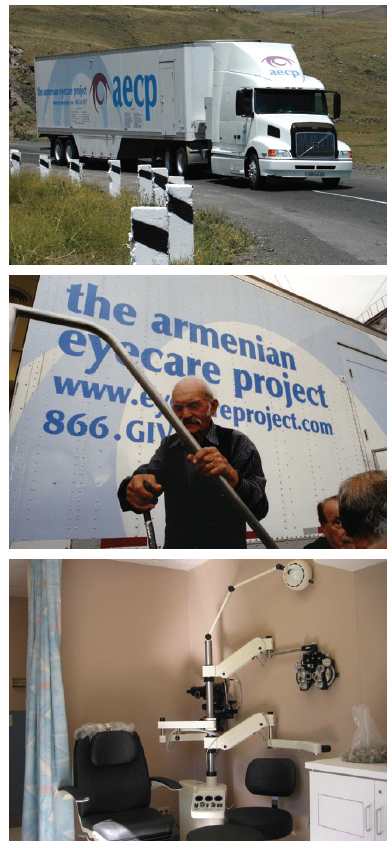
Figure 5. Outside (top, middle) and inside (bottom) the mobile eye unit.
Over the years, pharmaceutical companies and ophthalmic equipment manufacturers have generously given millions of dollars of aid, and many ophthalmologists have joined the Armenian Eye Care Project mission trips, sometimes multiple times. Dr. Hill continues to come twice a year, and Barry Kupperman, MD; John Hovanesian, MD; and Anthony J. Aldave, MD, have all come multiple times. Tom Lee, MD, has been instrumental in reducing the scourge of retinopathy of prematurity (ROP) that has struck so many babies born in Armenia. When he first became involved in 2010, there were as many as 300 cases of bilateral blindness from ROP throughout the small country every year. Today, that number is down to 15 per year. In addition to donating his services, Dr. Lee, as well as Chien Wong, MD, has taught many Armenian surgeons how to perform intricate endoscopic techniques. In particularly difficult cases, Drs. Lee and Wong join the Armenian surgeon through a delay-free PolyCom system, so he can consult virtually throughout the case.
DOING MORE GOOD
It is said, “If you give a man a fish he eats for a day; if you teach a man to fish he eats for a lifetime.” We have applied this philosophy to Armenia by providing fellowships for Armenian doctors to train in the United States, and now Armenia has some of the best ophthalmic surgeons in its region. We hold yearly medical symposia there; this past year, 350 physicians from 26 countries attended to learn the latest surgical techniques from Armenian ophthalmologists. This is happening in a country that not very long ago did not have the drugs, equipment, funding, or expertise to tackle the increasing rate of blindness among its citizens.
Along with training Armenian doctors and performing thousands of surgeries, the American doctors who have joined in the efforts of the Armeinan Eye Care Project have helped to create the country’s first corneal eye bank. They have also assisted in setting up a medical center in Nagorno-Karabakh, a small territory of ethnic Armenians that is geographically encircled by Azerbaijan, a country that Armenia was at war with for years. Additionally, with help from Childrens Hospital in Los Angeles, we are setting up the infrastructure to screen every patient with diabetes in the country for diabetic retinopathy and to screen all children throughout the country for amblyopia.
Many good people have helped to bring healing and sight to the land of my ancestors, and it has been the honor of my life to be counted among them.

